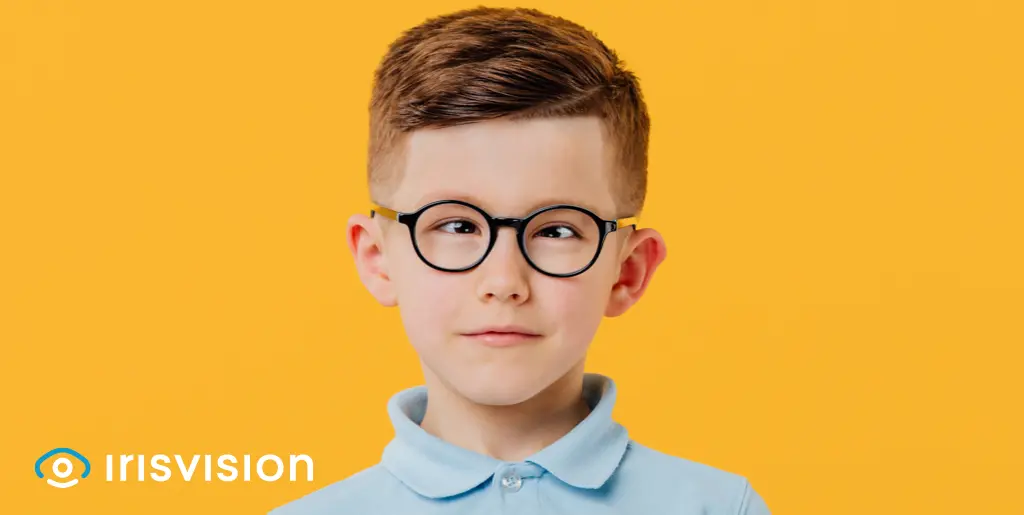
#LIVE2.0 #Review
Each year, 1 in 20,000 males falls victim to the genetic mutation that causes Ocular Albinism and thereby becomes visually incapacitated for the rest of his life
Ocular Albinism is one of the two main types of Albinism, the second type being Oculocutaneous Albinism. Ocular Albinism only affects the eyes, so people usually have normal skin and hair, but suffer from severely defective vision.
While such individuals may appear completely normal from their physical outlook, the visual deficits can cause impairment and discomfort in routine activities to a great extent. Most people with Ocular Albinism are legally blind, with only little visual capacity preserved.
Ocular Albinism stems from a deficiency of the color pigment ‘melanin’ in the eyes, which is important for normal eye development and visual functions. A simple explanation for this is that a gene mutation in the body inhibits the synthesis of a protein that produces melanin, thereby hindering melanin production, and causing different forms of Albinism.
Individuals with Ocular Albinism have severely deteriorated vision, but the hair and skin are normal. Such people may sometimes have a fairer complexion in contrast to other family members.
There are different types of Ocular Albinism. The most common type is known as Nettleship-Falls, which will be discussed further. The visual difficulties are typically the same across all types of Ocular Albinism. The symptoms and vision problems for this condition are quite evident and can be self-diagnosed, but if you think you have it, be sure to consult an ophthalmologist to rule out which type you might have and continue treatment accordingly.
Here is a brief overview of the symptoms.
People with Ocular Albinism have normal skin and hair, however, they have several visual deficits.
The onset is typically from the point of birth, but many symptoms can not be detected until a child is 2-3 years old. Some typical symptoms are explained below:
It can be unimaginably hard to go about routine activities with reduced vision, and that’s exactly what happens to people with Ocular Albinism. The vision becomes so blurry and unfocused that carrying out the most basic tasks can seem like a tremendous challenge.
If you have a family member who may have Ocular Albinism, they will likely be hampered in overcoming daily challenges and need assistance.
As Ocular Albinism is a genetic condition, it is present when a baby is born but it is not progressive or degenerative, so the visual abnormalities do not worsen over time. Fortunately, some vision problems can even be well managed and improved by the use of low vision aids, and other safety measures that help prevent complications.

For instance, it is observed in children who are born with Ocular Albinism that the involuntary eye movement reduces with time, especially after age 5-8 years. Most adults adapt and can control it to a significant extent.
Others with Ocular Albinism use different low vision aids to cater to the visual challenges.
As with all hereditary diseases, people who have Ocular Albinism may be at risk of passing it on to their children. But methods of genetic testing and counseling support can be of invaluable support for its prevention.
Support
See and Connect Today!
IrisVision Global, Inc.
5994 W. Las Positas Blvd, Suite 101
Pleasanton, CA 94588
Email: [email protected]
Support: +1 855 207 6665
Support
See and Connect Today!
IrisVision Global, Inc.
5994 W. Las Positas Blvd, Suite 101
Pleasanton, CA 94588
USA Email: [email protected]
Support: +1 855 207 6665
Support
See and Connect Today!
IrisVision Global, Inc.
5994 W. Las Positas Blvd, Suite 101
Pleasanton, CA 94588
Email: [email protected]
Support: +1 855 207 6665